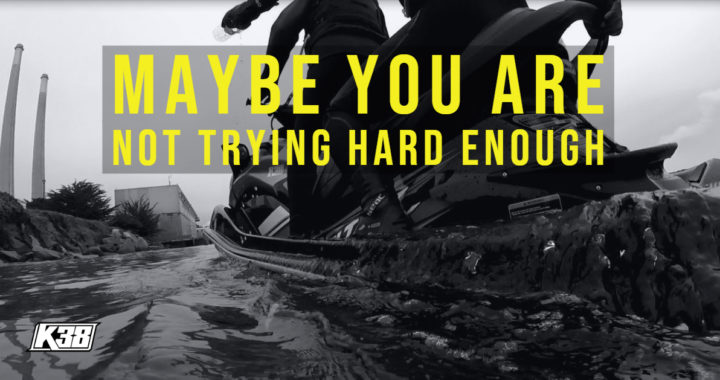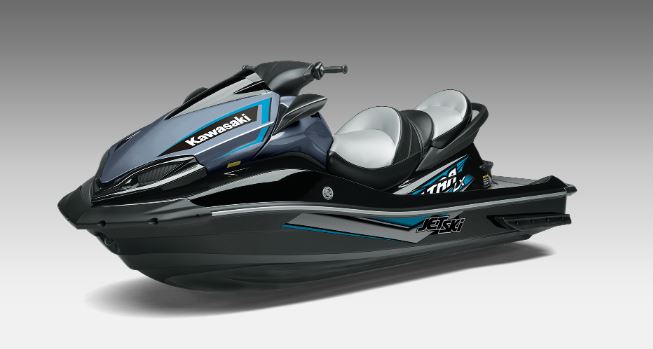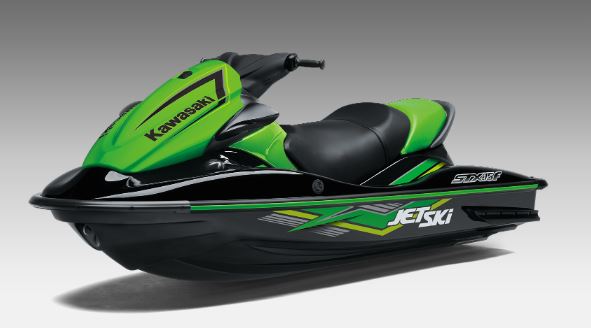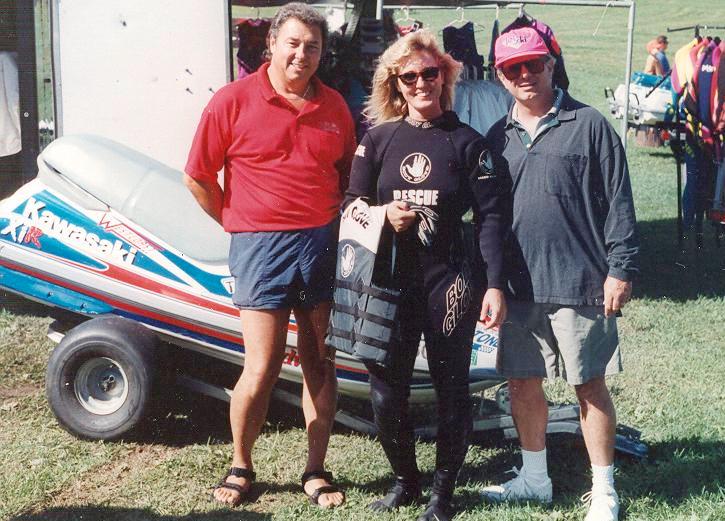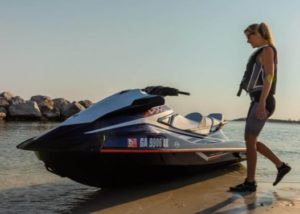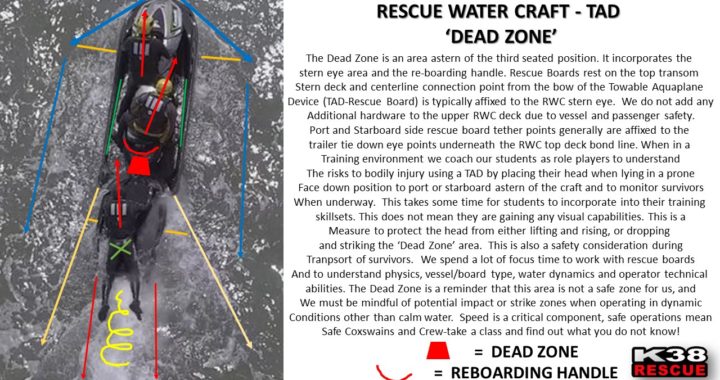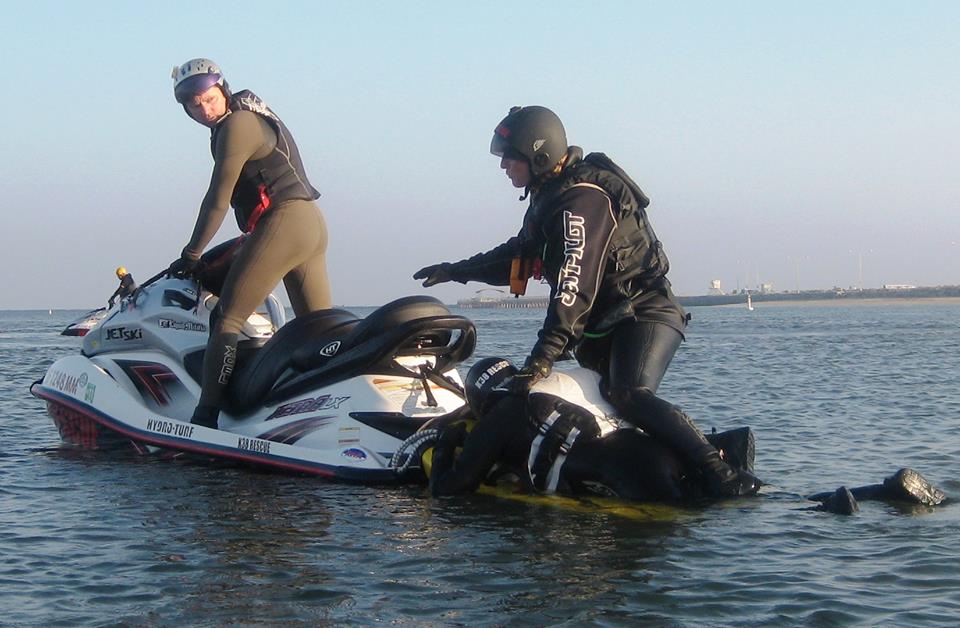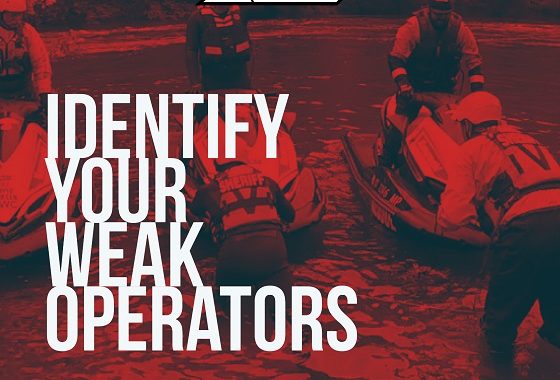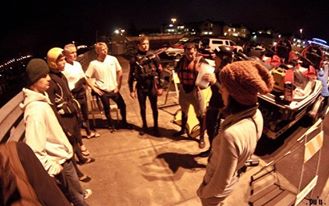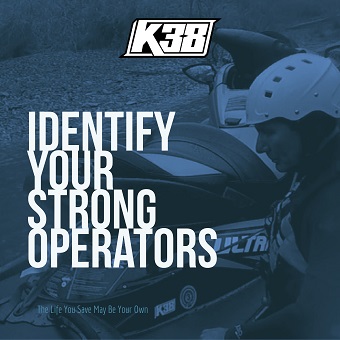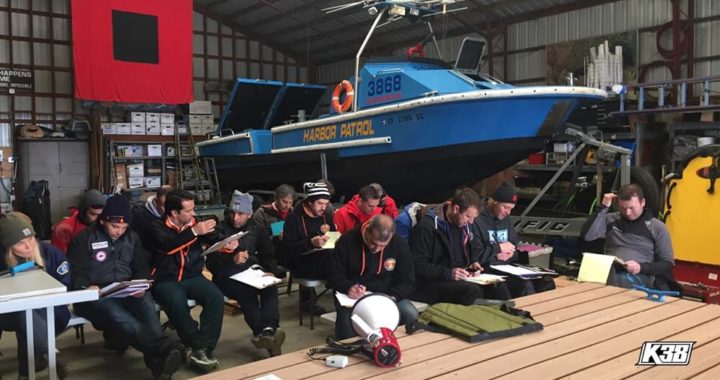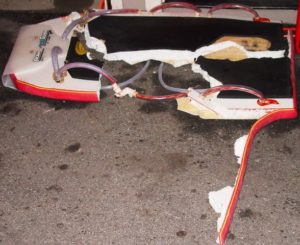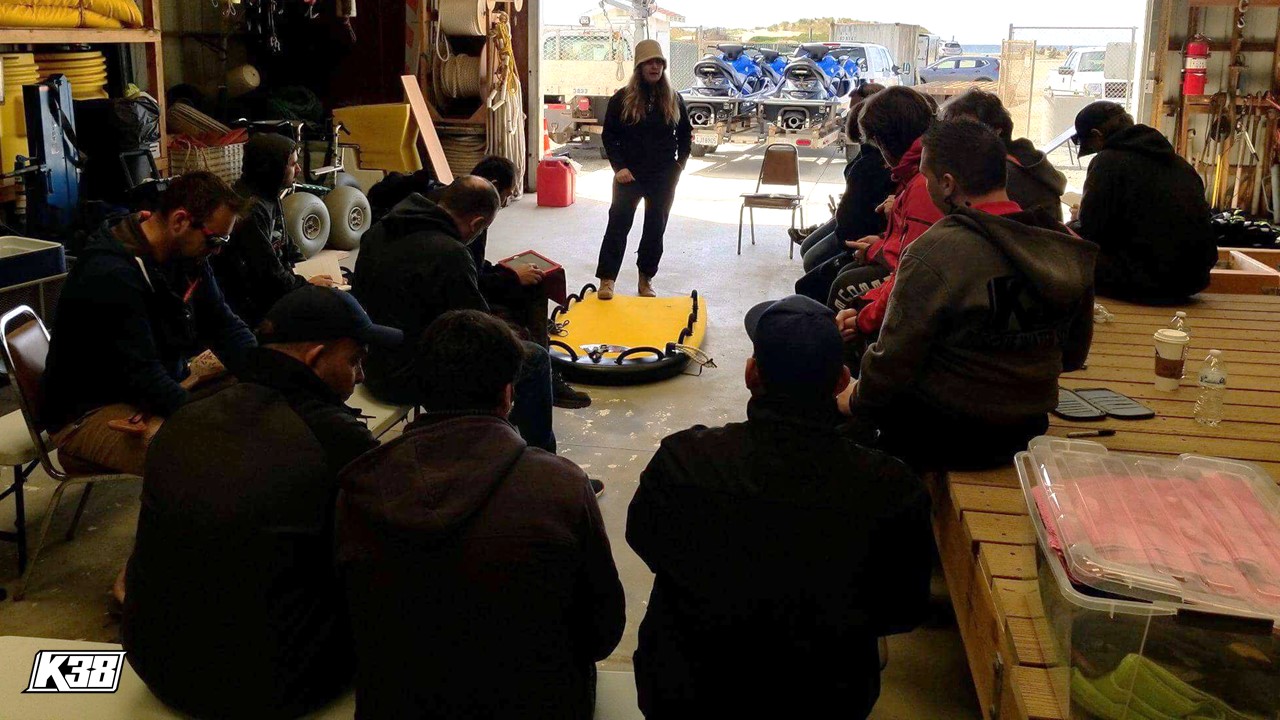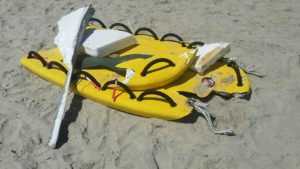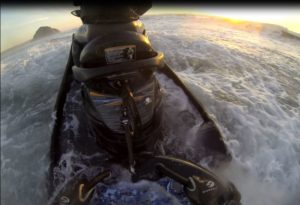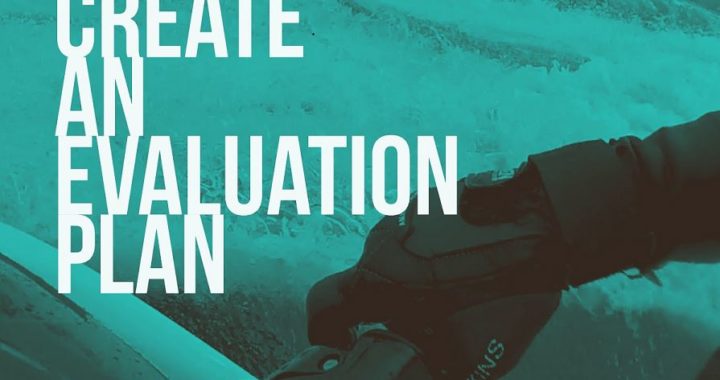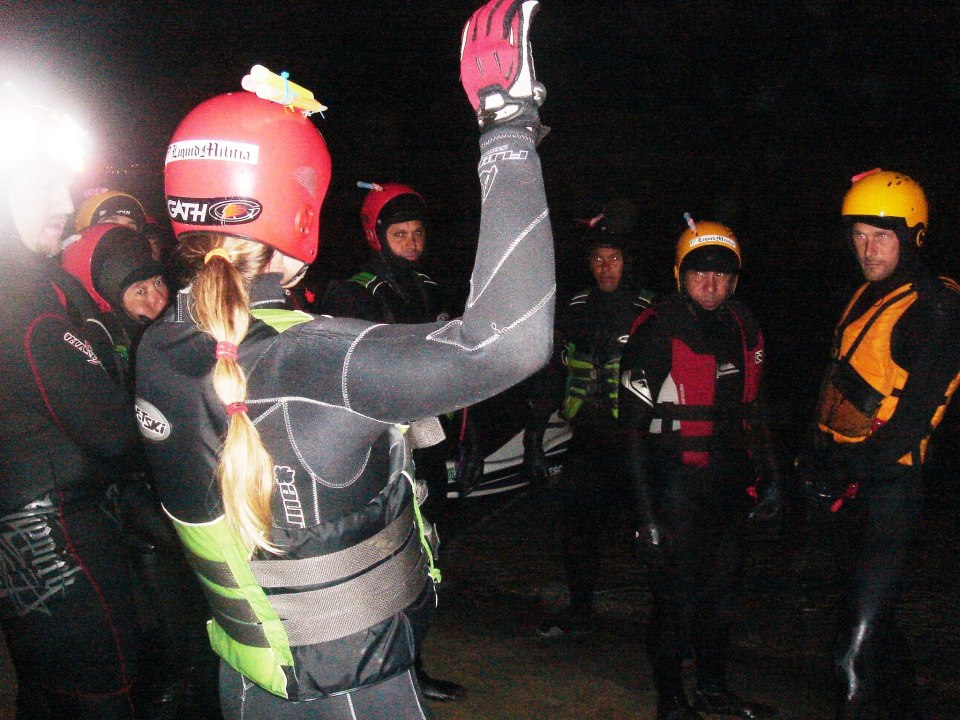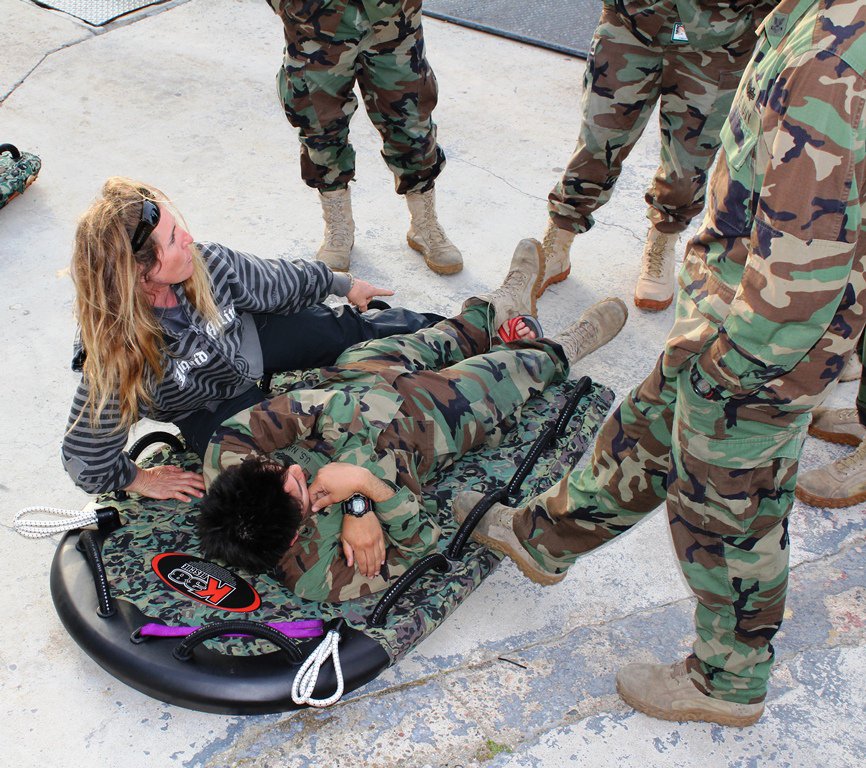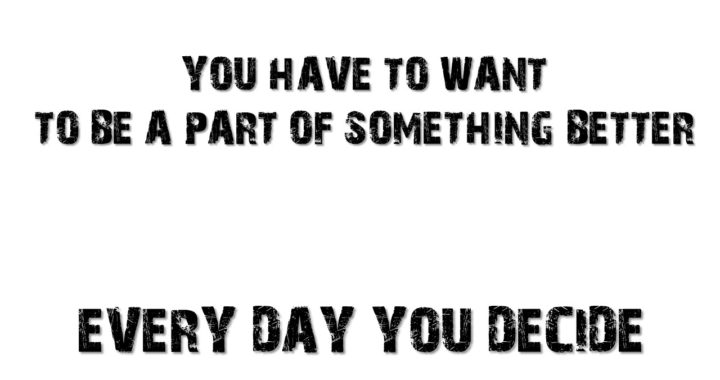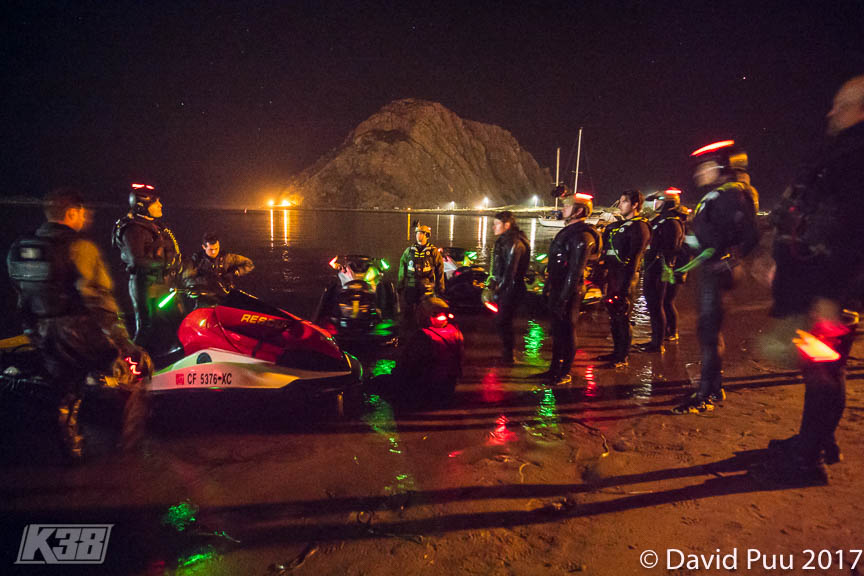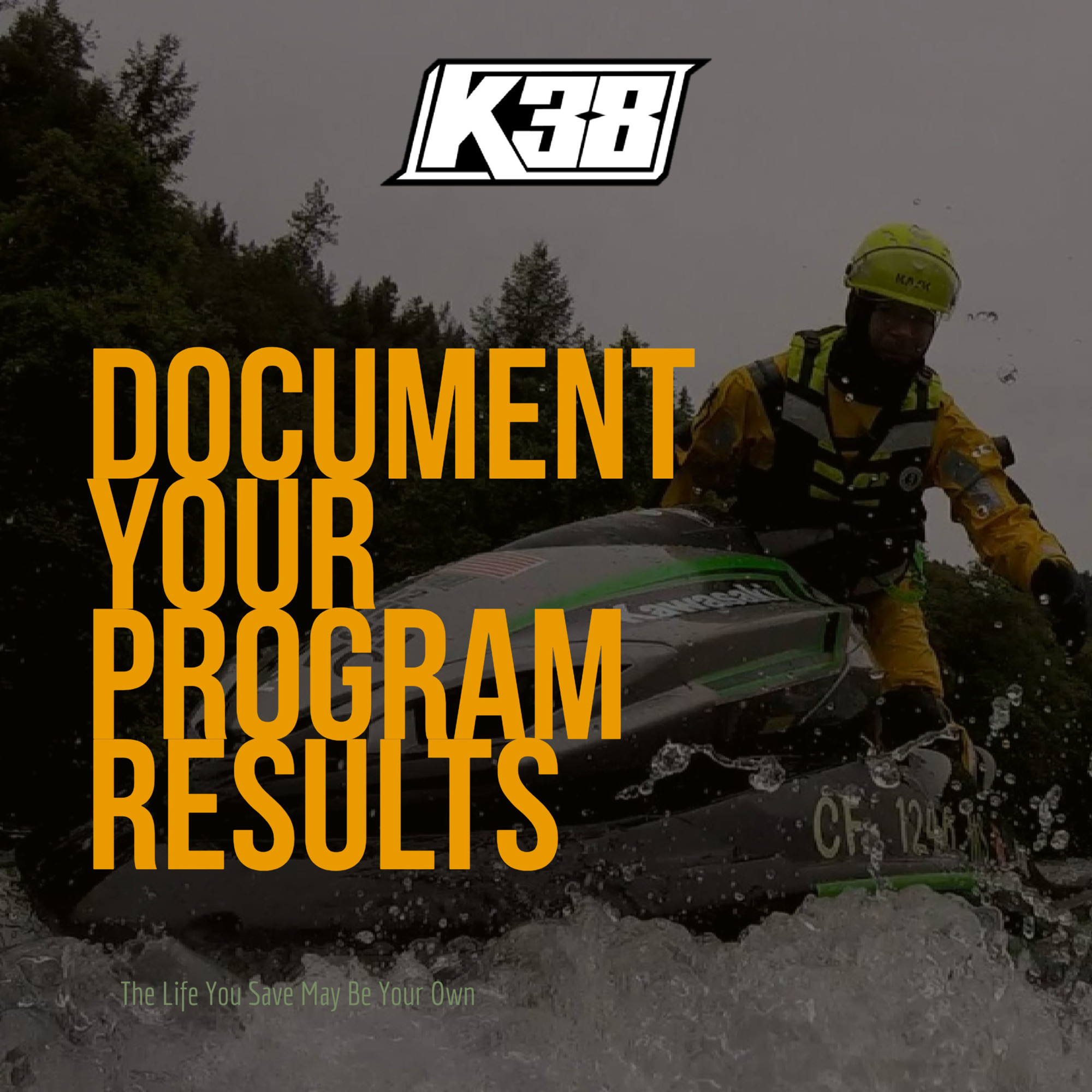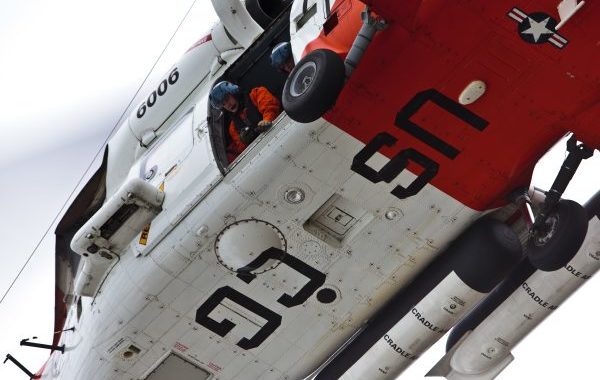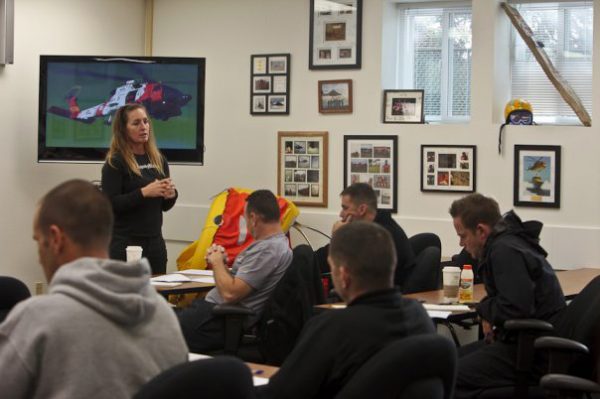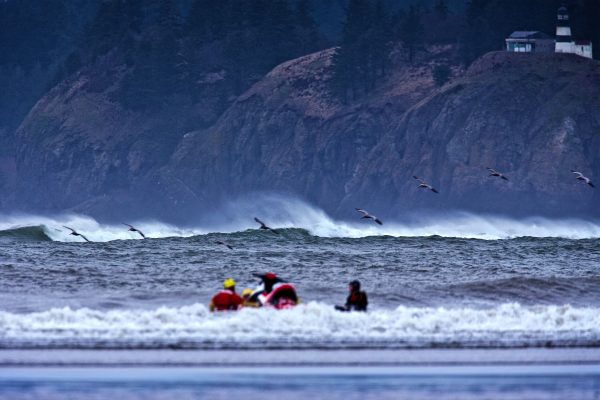Maybe you are not trying hard enough? Effort needs evaluation. Evaluation needs honesty.
Have you put together your operational metrics?
Do you know what goals you need to achieve? How are you going to sustain those and translate them into operational maintenance? Well one way is to try harder but in another direction, such as maintenance review of your Rescue Water Craft program.
Perhaps you may need to review your vetting process for team members? Can you conduct remedial updates for the vetting process and items needed to ensure safety of personnel and competency? Yes you can and you should!
RETURNS NOT DEFICITS
Returns not deficits mean your program is healthy.
This means your management process is functional. But if it isn't and you need to take on remedial action, its not difficult to increase your capability.
The good news is you can do this anytime but its preferable to have an annual review process in place.
REVIEW
Editing program management needs to be an annual process that begins in the last month of the year. You can easily construct a review program by looking at all your response records and any mishaps that occurred during that time or recurring mechanical issues with your Rescue Water Craft.
One area that you can make improvements on is your skills assessment.
If you do not have an update to this in the past year here are some suggestions for your consideration. Pick one simple repetitive behavior you rely upon and break it down into a skillset for qualification updates.
Trailering and On-Water Performance
Most damage that happens to a Rescue Water Craft is from poor trailering habits. Don't allow your Coxswains to turn off the Rescue Water Craft ignition before the Rescue Water Craft bow touches the trailer bunk runners.
Failure to do so will permit the Rescue Water Craft to drift off target and strike either the metal rails or bend the bunk runners. The Rescue Water Craft needs to maintain its forward movement onto the trailer bunks until the centered hull loads up onto the bunks.
It is incorrect to use thrust that would disrupt the surrounding water area with reverse use due to how the fluid dynamics are distributed this could disrupt other such as at a boat launch, create unnecessary boat handling and or off center from over correction.
Practice
Trailering -backing up, launching RWC's, loading RWC's, tie downs to RWC/Trailer (5 checked off in a row with remedial corrections and notations on skill checklist per team member.
Ensure that your team members know how to use the trailer tie downs and that they understand a soft approach to the helm/throttle management in confined areas of use.
Emphasize the depth of water to protect the water jet pump.
Make sure that the bow of the Rescue Water Craft is secure on the trailer before launching and hauling out of the water.
Each rotation have them conduct a pre-check on the boat ramp with the bilge plugs properly inserted each time. Too many Coxswains are unfamiliar with their craft features and oftentimes over tighten the bilge plugs.
This is a good example of one skillset. You can create as many as are needed and unique to your area of operation and the make model and year of your craft.
Thanks for reading this article, and for caring about your reputation and those you work with. Let us know if you have any topics you would like covered in future articles.
__________
Posted 1.7.2019
Have any questions? Join the Rescue Water Craft Association
and discover what your community is doing to modernize standards, safety and reduce liability!
Join the Rescue Water Craft Association
Content Creator: Shawn Alladio cares most about her community and the culture surrounding the safety of event service providers and Rescue Water Craft operators, working hard and dedicated towards protecting their reputation, distributing safety information and continuing to train these amazing individuals to the highest standards of care.
Use at your own risk. Please take a qualified Rescue Water Craft training course and maintain proper records and respect all the PWC, RWC, PPE, and gear OEM manufacturer warning labels and cautions.
